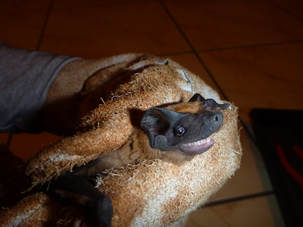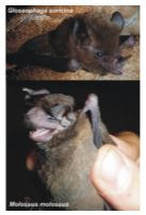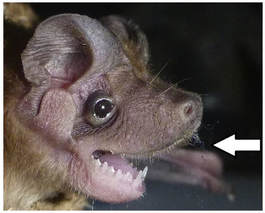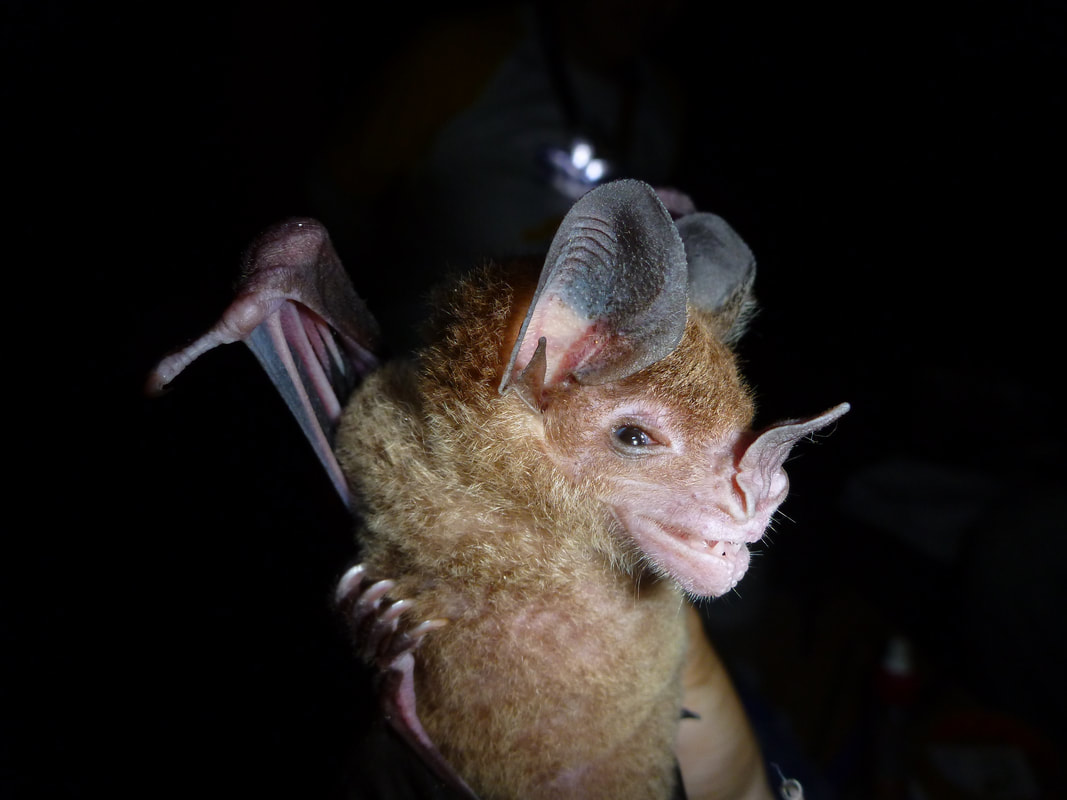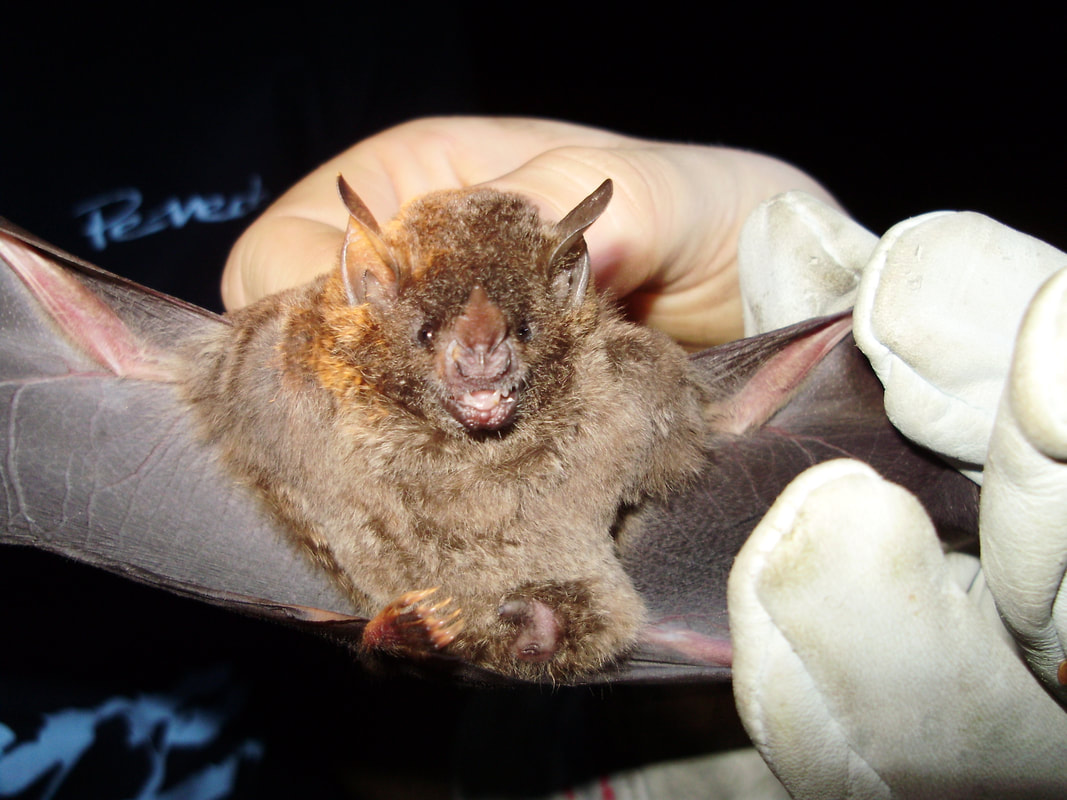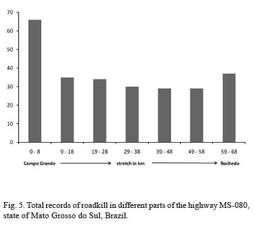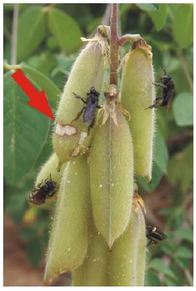Bats of Brazil
Brazil is one of the most biodiverse countries on Earth. According to the IUCN Redlist, Brazil is home to 167 species of bat inhabiting a variety of biomes, including Amazon Rainforest, Atlantic Rainforest, Pantanal, Cerrado, and Caatinga. I began studying the bats of Brazil during a semester studying abroad in Rio de Janeiro in 2008. I then spent a year researching bats of the Cerrado at the Universidade Federal de Mato Grosso do Sul in Campo Grande as a Fulbright grantee in 2012 / 2013. Since leaving, I have continued to collaborate with my colleagues.
